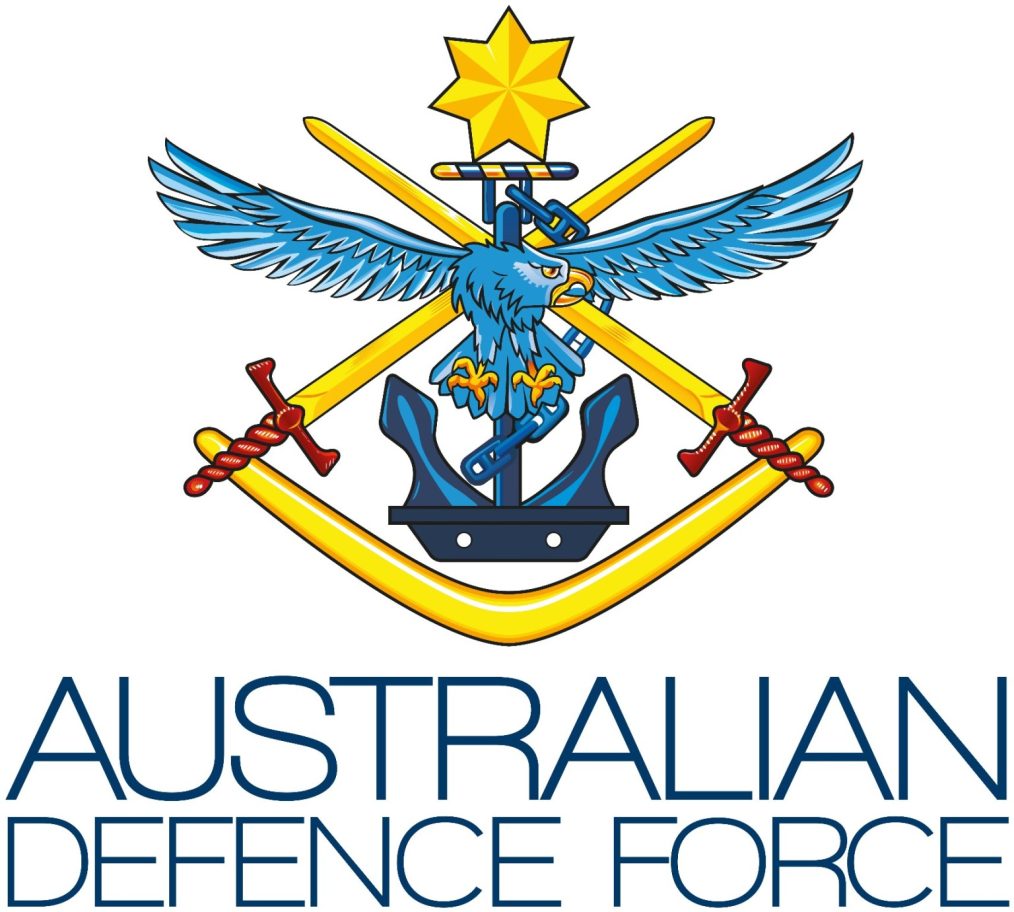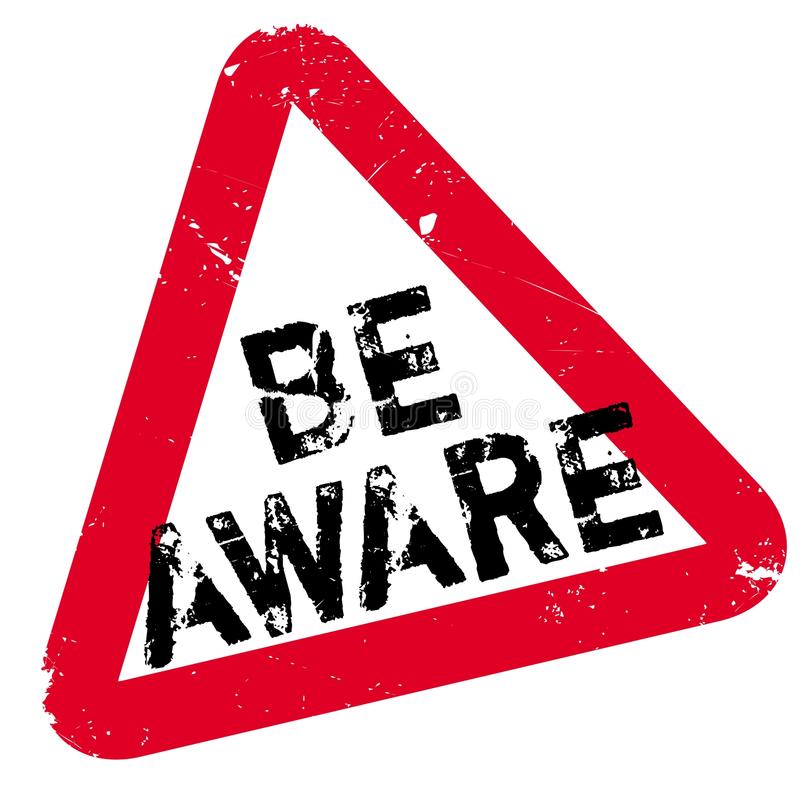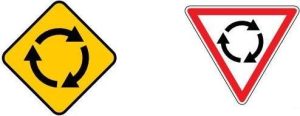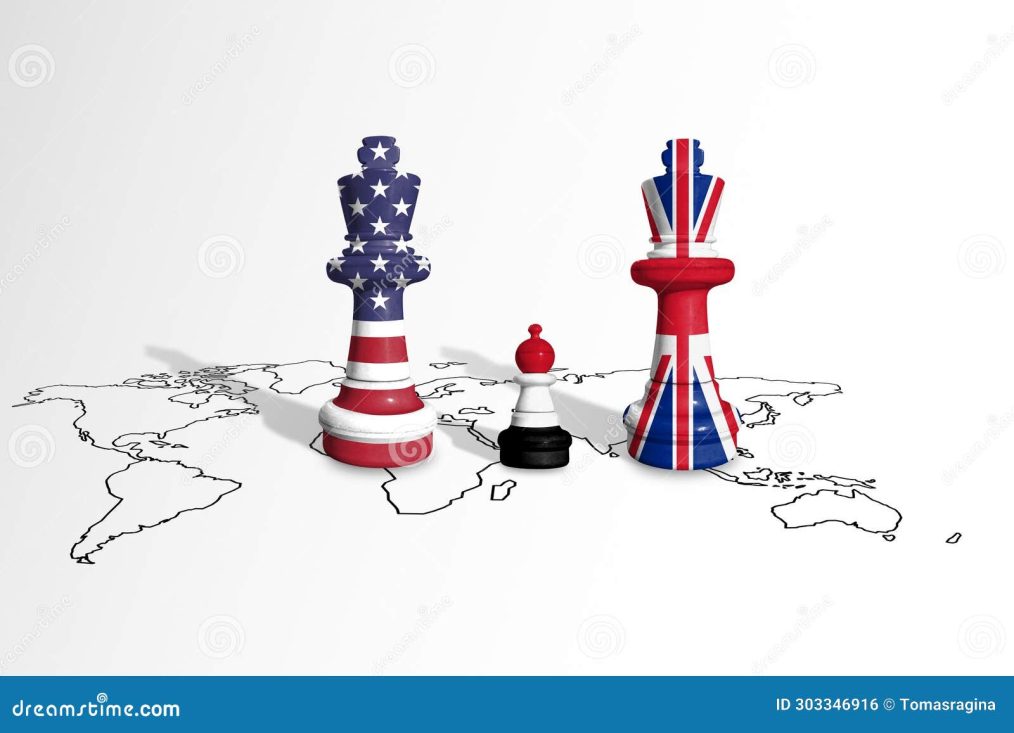ED: From my inbox from Bob Buick MM.
I always thought that this quote by Wilma Mankiller “Whoever controls the education of our children controls the future.” originated through the Fabian Society
https://en.wikipedia.org/wiki/Fabian_Society.
However, the ALP government (Whitlam) with the “free tertiary” implementation of Wilma Mankiller’s quote was introduced and so started the control of education in Australia.
I noted that during the Hawke/Keating Labor government (1983-1996) the tertiary students were indoctrinated by socialist educators. Then with the Rudd-Gillard-Rudd Labor government, the “control of the education of our children and hence the control of the future” had expanded downward to pre-school and primary education controlled by the nations’ teacher unions. It’s now 2024 and all state-control education centres, some half a century since the ALP’s implementation of Mankiller’s quote Australia’s Western Democracy threatened with Wokeism, a tool of Marxism, and becoming accepted throughout Australia’s daily living by those under fifty years of age.
As an Octogenarian I fear that within a decade, or two Australia will not be the Commonwealth of Australia but the Socialist Democratic of Australia.
My reason for this judgement is, that except for Tasmania all state and territory governments are socialist. The states of Victoria and Queensland and the territory of the ACT are applying extreme-left socialist policies of control. Control of the people was applied by all states and territories in 2019 with the isolation of all states/territories with border closures and control of the people by police implementing government acts and regulations. To my knowledge, none of those Acts or Regulations has been removed and could be reintroduced at a moment’s notice.
Therefore, governments throughout Australia can control the people at any time and that is Marxist Socialism, which could be a reality by 2040!
A message for those under fifty, Climate Change and the Nett Zero/Renewables are always promoted by the Woke Folk as gospel, you fail to understand that nature and the climate/weather are always changing and have since the formation of planet Earth many billions of years ago. Nett Zero and Renewables will be recorded in history as the greatest hoax applied to humanity when the planet enters a cooling period.
Bob Buick












